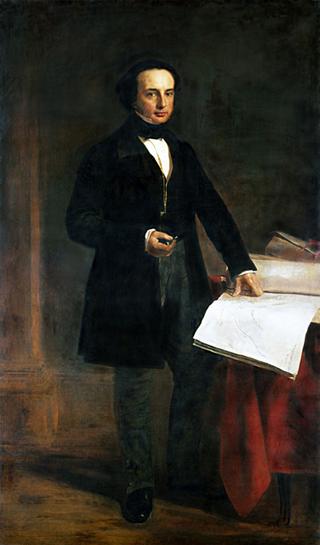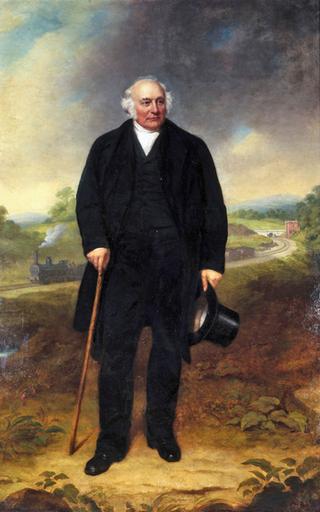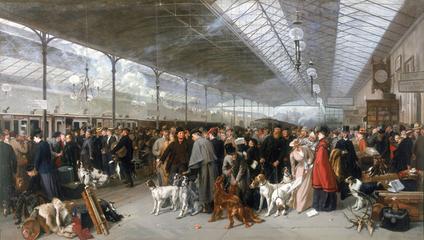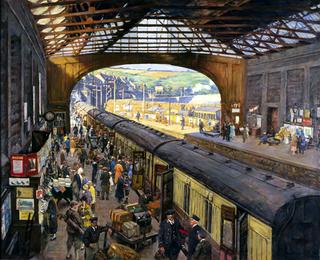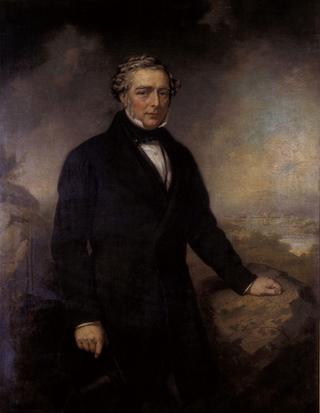
Drawing of the Akbari Mosque in Rajmahal, India
- Made:
- circa 1857
- maker:
- Alfred Harris Vaux
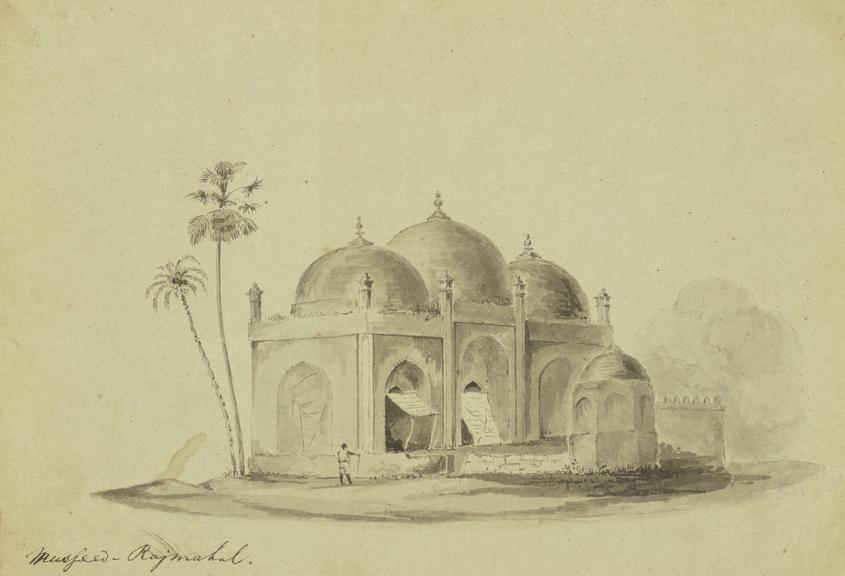
Drawing, pen and ink, Musjeed, Rajmahal, by A Vaux, about 1857. Depicts the musjeed (masjid, or mosque) in Rajmahal, Jharkhand, India. Depicts a rectangular building with three domes. A smaller domed building stands in front of the main mosque. At left are two palm trees and a standing figure holding a stick. The title is in ink at bottom left and at right are the words "A .Vaux fecit". From the collection of George Turnbull, Chief Engineer of the East Indian Railway.
The Akbari Mosque was built in on the banks of the River Ganges in Rajmahal during the reign of Mughal Emperor Akbar the Great (1556-1605). Rajmahal was chosen as the capital of Bengal in 1592 by Man Singh, a Rajput general under Akbar. It remained the capital until 1607, and then was again made the capital in 1639. It remained as such until 1707. The impressive Akbari Mosque remains standing today.
The drawing’s artist, Alfred Harris Vaux, served as a Resident Engineer on the East Indian Railway. It is not known where he was stationed in 1857, when this drawing was made, but in 1861 he was based in Monghyr (now Munger) in modern-day Bihar, 140km to the north-west of Rajmahal.
The British Library holds a watercolour of the Akbari Mosque (shelfmark Add.Or.4898).
Scottish engineer George Turnbull (1809-1889) oversaw the creation of one of the first railways in India, the East Indian Railway (EIR). The EIR ran from near Calcutta (now Kolkata), an East India Company trading post in the north-east that the Company established as the capital from 1773. The terminus was originally Benares (now Varanasi), but the line quickly extended to New Delhi in the north, which became the capital of India in 1911. Calcutta and New Delhi are over 1,300km miles from each other – further than the distance between Paris, France and Budapest, Hungary.
Turnbull collected artworks during his time in India, many of which were produced by EIR engineers. These watercolours and drawings provide a rare view of nineteenth-century India from the perspective of the British engineers designing and building the country’s first railways. The collection includes landscape scenes and portraits. While many of the landscapes show the construction of the railway, others focus entirely on India’s local architecture or its rural spaces. The portraits are of people Turnbull encountered while in India. While the portraits of British people are inscribed with their names, most of the Indian people depicted remain anonymous or identified only by their job.
The British introduced railways in India to satisfy the mounting economic and military needs of their colonial administration. They hoped that the new technology would foster an increased sense of collective identity by making it easier to travel quickly between distant regions. They also hoped the railways would socially ‘improve India’ by instilling a sense of punctuality among Indians, a quality British colonialists believed Indians lacked. The racist stereotypes underpinning these intentions, and the interconnected idea that technology could trigger social change, were common beliefs in nineteenth-century British society.
Details
- Category:
- Pictorial Collection (Railway)
- Object Number:
- 2017-7092
- Materials:
- ink and paper (fibre product)
- type:
- drawing, pen and ink
